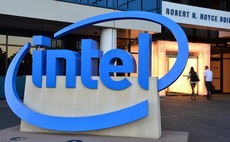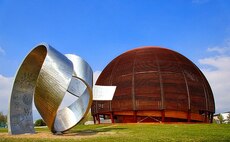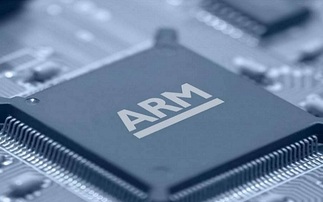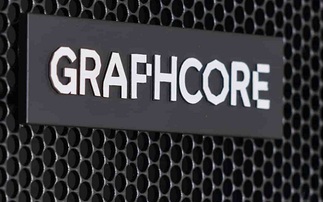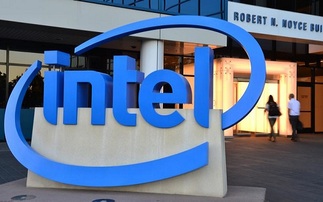New GPU accelerator targets big data analytics and large-scale scientific workloads
Nvidia has added a new model to its Tesla line of GPU cards, claiming it is the world's highest-performance accelerator ever built for boosting scientific, engineering, high-performance computing (...
To continue reading this article...
Join Computing
- Unlimited access to real-time news, analysis and opinion from the technology industry
- Receive important and breaking news in our daily newsletter
- Be the first to hear about our events and awards programmes
- Join live member only interviews with IT leaders at the ‘IT Lounge’; your chance to ask your burning tech questions and have them answered
- Access to the Computing Delta hub providing market intelligence and research
- Receive our members-only newsletter with exclusive opinion pieces from senior IT Leaders










